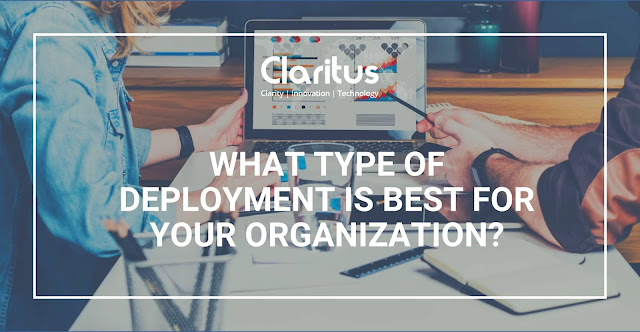What type of deployment is best for your organization?
Continuous integration and continuous delivery (CI/CD) has become a natural process for web-based applications over the last several years. Companies can now deploy product updates or bug fixes to the production system multiple times a day. With the help of web deployment tools and solid deployment infrastructure, this task just became far easier and more reliable. But does this translate to native mobile apps? Is it possible to release a new mobile app in a timely manner given the app store submission process used by certain app stores?
The answer to both is yes. In this article, I will describe the possible options for native mobile apps.
Invest in Mobile Infrastructure
Constant integration and constant delivery don’t come free — be it for internet apps or native cellular programs. Companies will need to spend both money and time in their cellular program infrastructure to have the ability to send a new form of the native cellular program on demand. Considering that the applications and tooling available, this may be achieved quite easily.
By way of instance, open-source software such as Jenkins (as the constant integration program ) and Fastlane (as the build-and-sign applications ) can offer a lean and effective base for the infrastructure. From that point, it is simple to establish a mobile program distribution channel through services such as Testflight, AppCenter, or even Firebase that will help you examine apparatus through the development and testing periods.
Invest in Automation
Test automation is tightly connected to continuous integration and continuous delivery. If a build-pipeline is in place, the next logical step is to invest time and money to establish a test automation pipeline.
The automatic checks can help the team get quicker feedback on the code base varies about different layers of the cell program architecture. What’s more, staff can easily deploy new program variants to external or internal testers and devote less effort to manual testing.
Based on the cell program, teams may execute automatic checks on various layers. Every group should discover the perfect mixture of evaluations to encourage faster advancement and also to release new program variants with more assurance.
App Store Deployment Options
Once the infrastructure — including test automation — is in place, it is critical for the native mobile app development team to fully understand the differences between the Apple App Store and Google Play Store deployment options – because there are several.
The largest difference to notice is the program review procedure. While each program on the Apple App Store requires approval from your Apple Review Team, programs at the Google Play Store may be uploaded instantly and replace the present manufacturing program within hours.
Next to consider is the way native programs may be rolled out to actual users or testers. Within this procedure, the most recent app version is introduced in buckets to your clients. This permits the development staff to track the discharge progress for any probable difficulties, and block the rollout should a problem arise.
Knowing the testing and release choices available to you is essential to choosing the perfect deployment alternative. Considering that the cellular development and launch tools are accessible and the installation options provided by each app shop, You’ve Got two choices.
Internal Continuous Deployment
In this case deployment applications are configured so that everybody from the staff or business receives instant updates on the newest app variants when the tests have passed along with a new program construct offered by the distribution program. Based upon the business size, the program is going to be used by thousands or hundreds of coworkers who can and ought to offer comments about the present condition of this app. This is achievable with no participation by Apple or Google, providing your development team complete control.
So which deployment is right for your organization?
Continuous deployment of mobile apps doesn’t come free. There is no single solution that fits everybody. A CI/ CD pipeline is something unique for each company and requires time and money to set up.
As a first starting point, you should check if you have the required skills and technical setup in your team to introduce a continuous deployment process.
If the knowledge and the technical environment are both ready for CI/CD it’s time for you and your team to decide which of the mentioned approaches fit best to you.
Make sure to find answers to some of the following questions, to find the right deployment method:
- Do you have the required skills in your company to set up a deployment pipeline?
- Do you have an existing deployment infrastructure that you can re-use?
- Are you able to connect your internal systems with external providers?
- To whom you want to deploy alpha and beta builds?




Comments
Post a Comment